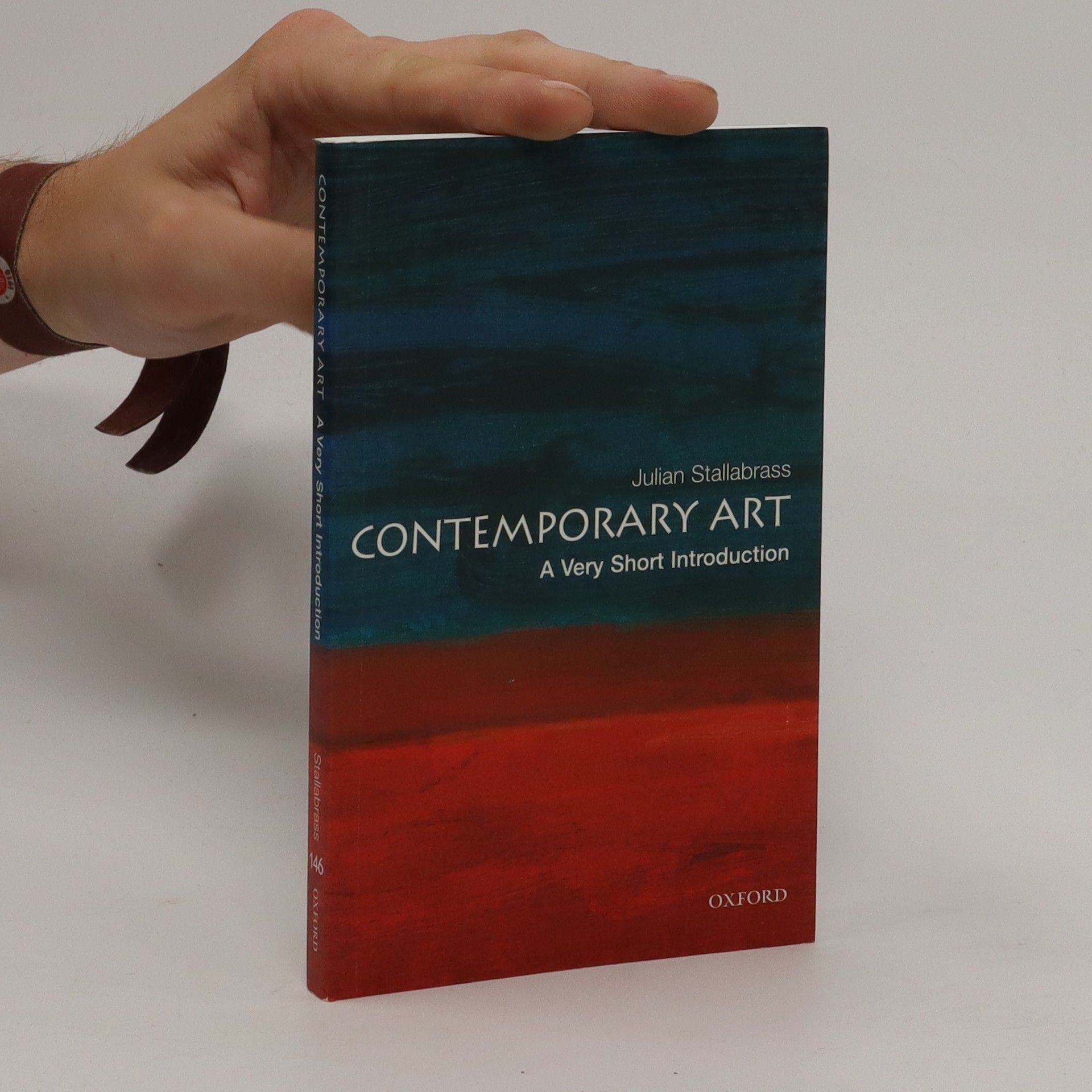Julian Stallabrass Bücher
Julian Stallabrass ist ein englischer Kunsthistoriker, Fotograf und Kurator, dessen Werk tief in die zeitgenössische Kunst, Fotografie und die britische Kunst des 20. Jahrhunderts eintaucht. Mit einer marxistischen Perspektive nähert er sich der Kunst und untersucht kritisch die sozialen und politischen Kontexte künstlerischer Produktion. Seine Forschung konzentriert sich häufig auf digitale Kunst und Fotografie und enthüllt neue Ausdrucksformen und deren Auswirkungen. Stallabrass bietet aufschlussreiche Einblicke in die Entwicklung der Kunst und ihre Beziehung zur Gesellschaft.




Contemporary Art: A Very Short Introduction
- 160 Seiten
- 6 Lesestunden
Contemporary art has never been so popular - but the art world is changing. Julian Stallabrass explores new movements in contemporary art, from the rise of super-rich private collectors, and increasing globalisation which has expanded a formerly Western-centric focus, to the advent of the artist as a 'brand'.
Contemporary art
- 168 Seiten
- 6 Lesestunden
Contemporary art has never been so popular, but what is its role today and who is controlling its future? Contemporary art is supposed to be a realm of freedom where artists shock, break taboos, flout generally received ideas, and switch between confronting viewers with works of greatemotional profundity and jaw-dropping triviality. But away from shock tactics in the gallery, there are many unanswered questions. Who is really running the art world? What effect has America's growing political and cultural dominance had on art?Here Julian Stallabrass takes us inside the international art world to answer these and other controversial questions, and to argue that behind contemporary art's variety and apparent unpredictability lies a grim uniformity. Its mysteries are all too easily explained, its depths much shallower thanthey seem. Contemporary art seeks to bamboozle its viewers while being the willing slave of business and government. This book is your antidote and will change the way you see contemporary art.About the Combining authority with wit, accessibility, and style, Very Short Introductions offer an introduction to some of life's most interesting topics. Written by experts for the newcomer, they demonstrate the finest contemporary thinking about the central problems and issues in hundredsof key topics, from philosophy to Freud, quantum theory to Islam.
Exploring the role of photography in contemporary warfare, the book highlights its dual function as both propaganda and documentation. It examines how images from close-quarters combat to drone surveillance shape public perception and serve as evidence of brutal events, including the My Lai massacre, the suppression in Fallujah, and the abuses at Abu Ghraib. Through this lens, the author delves into the ethical implications and the power dynamics of visual representation in conflict.